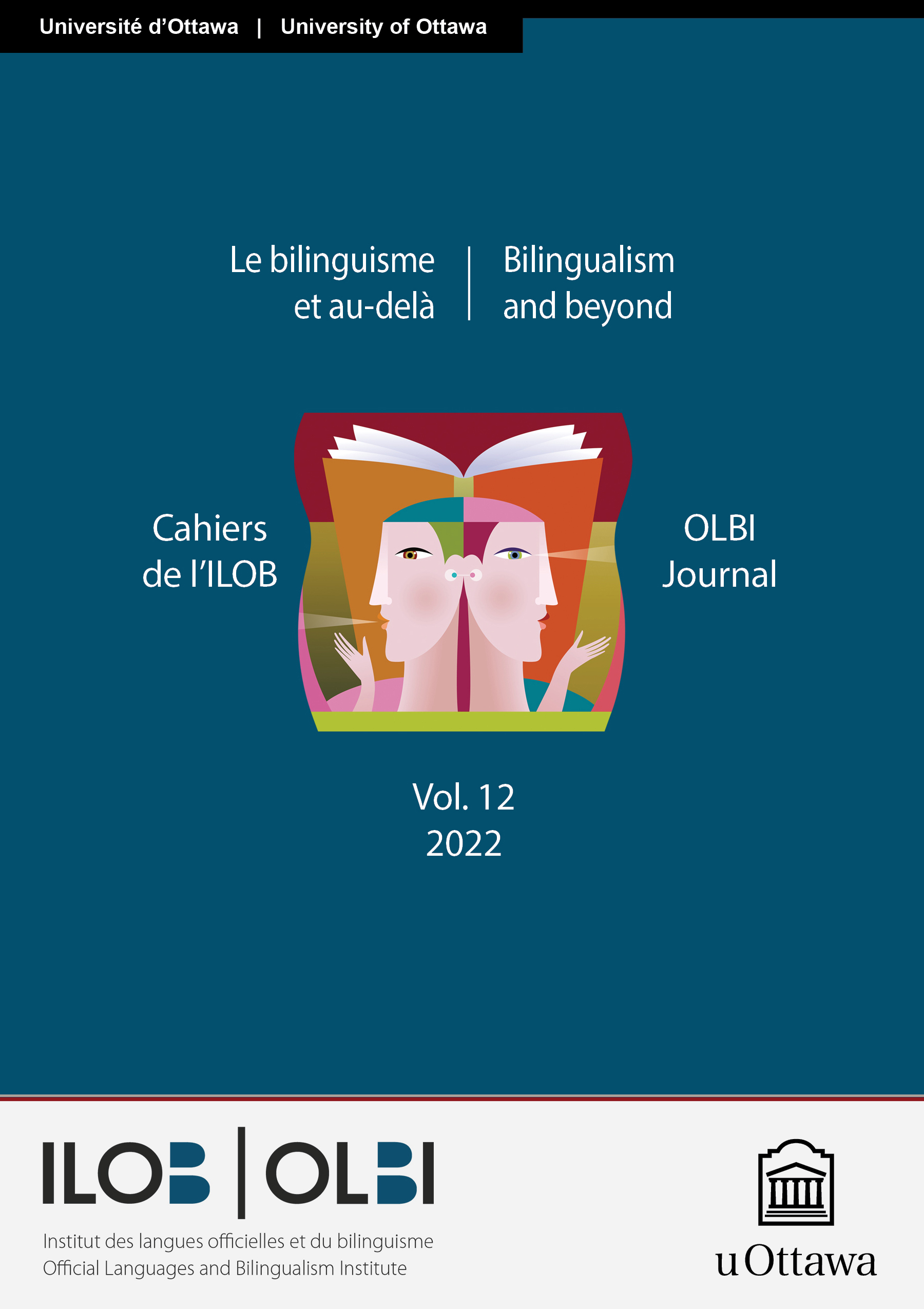Investigating the dynamics of change in second language willingness to communicate
DOI:
https://doi.org/10.18192/olbij.v12i1.5997Keywords:
dynamic WTC, idiodynamic, complex dynamic systemsAbstract
For years, researchers have viewed willingness to communicate (WTC) as a personality-based, trait-like tendency and employed quantitative measures, seemingly overlooking the WTC changes during communications. A new line of inquiry, however, has taken a dynamic approach to investigating the WTC changes and the factors triggering them during communications. The present mixed-methods study incorporated an idiodynamic method with 20 Farsi-speaking English as a Second Language participants who performed three-minute speaking tasks, rated their WTC changes, and attended stimulated recall interviews. A between-subjects repeated measures analysis of variance showed a statistically significant difference in the participants’ WTC from task to task. The WTC variation patterns were also clustered into seven categories that visualized the dynamics of WTC changes. In vivo coding of the stimulated recall interviews produced seven different categories of factors including possession of supporting ideas, individual, contextual, organizational, lexis-related, and grammar-related factors as well as the participants’ perceptions of their performance.
Downloads
Published
Issue
Section
License
Copyright (c) 2022 Shahin Nematizadeh

This work is licensed under a Creative Commons Attribution 4.0 International License.
Authors who publish with OLBI Journal agree to the following terms:
- Authors retain copyright and grant the OLBI Journal (OLBIJ) right of first publication with the work simultaneously licensed under a Creative Commons Attribution License that allows others to share the work with an acknowledgement of the work's authorship and initial publication in the OLBIJ.
- Authors are able to enter into separate, additional contractual arrangements for the non-exclusive distribution of the OLBIJ's published version of the work (e.g., post it to an institutional repository or publish it in a book), with an acknowledgement of its initial publication in the OLBIJ.
- Authors will not simultaneously submit the same piece of work for possible publication to more than one academic journal at a time.


